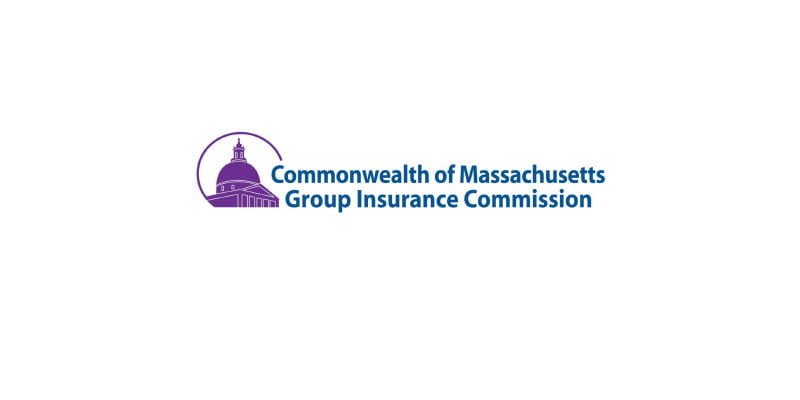Good news came by way of the state’s Group Insurance Commission (GIC), which announced at the January commission meeting, that no health insurance plan design changes will take place for FY25. This marks the 7th consecutive fiscal year with no increases in copayments or deductibles.
In fact, the last time the GIC approved an increase in out-of-pocket costs was in January 2017. That increase represented some $120 million in new costs foisted upon retirees and active employees. At that time the increase particularly stung since it was the 2nd substantial out-of-pocket increase in as many years. In January 2015, the GIC approved $160 million in cost shifts onto enrollees.
These facts are not only important to the 450,000 GIC enrollees, but also to members of municipal health insurance plans. Remember, state law allows cities and towns to mimic the GIC’s plan design without the legal requirement to bargain with retirees or active employee unions. This means that designs made by the GIC can quickly become local policy – policies that can negatively impact all public retirees.
This is why we place so much emphasis on the GIC. All retirees can be impacted.
However, GIC enrollees are not entirely out of the woods in terms of cost increases for FY25. As we have previously reported, officials continue to warn of a potential average premium increase in the range of 9% across all GIC plans. The sharp rise in medical inflation is not only present here in Massachusetts, but to varying degrees across the country. While some increased costs can be directly tied to the emergence from the pandemic and general inflation, the larger issue appears to be specific to medical cost trends.
One important point of note is that cost increases for Medicare supplement plans is anticipated to be far less than non-Medicare plans. If true, it will follow recent trends whereby inflation under Medicare has come in at less than half that of non-Medicare plans.
This fact is even more reason why the GIC needs to pursue implementing the Medicare Buy-In plan in 2024. The realized savings will benefit both non-Medicare eligible retirees and the Commonwealth alike. Working with the GIC to finally move this initiative forward is among our top priorities.
Regardless, our Association is grateful that that GIC chose not to increase out-of-pocket costs and instead address any new costs through premium increases. While we would prefer to see no cost increases at all, spreading costs across all subscribers through monthly premiums is – in our minds – the fairest method.
It also bears repeating that for state retirees the government pays the lion’s share of the monthly premium (90%, 85%, or 80% based on the date of retirement). At the local level, premium contributions run from 50/50 to 90/10, with the state-wide average roughly 75/25. Contribution splits for local retirees, including retired teachers (other than teachers participating in the GIC’s RMT plan, who have a fixed rate of 85/15), are set by municipal governments.
There are several key factors that have influenced the GIC’s recent approach to holding the line on increased out-of-pocket costs (OPC):
- Enrollee backlash: The OPC increase in 2017 was met with great anger from retirees and active employees alike. Forcing retirees to adapt to higher costs, particularly at a time of high general inflation, would be a difficult sell.
- Adverse effect of higher OPC: A growing number of studies prove that higher OPC often leads to increased medical costs over the long run. This is particularly true for those enrollees living on fixed or modest incomes. Retirees will avoid seeking needed medical care if they believe they cannot afford the cost. The Mass Health Policy Commission has done an excellent job of illustrating this point in recent years.
- Approach of GIC has changed: Since the winter of 2020, the GIC has been led by Executive Director Matt Veno. As he has stated publicly on more than one occasion, Matt’s belief is that OPC increases should be approached cautiously, and changes made in coordination with overall plan design set during the periodic procurement process.
The GIC held a series of virtual Public Information Sessions in late January following the announcement. The annual sessions were focused on the upcoming open enrollment period (begininning April 5) and what enrollees can expect in the coming fiscal year. The sessions were recorded and can be viewed on the GIC’s YouTube channel.
The GIC will hold the annual premium rate setting meeting on February 29th. This meeting, like all of the commission meetings, can be viewed on the GIC YouTube channel as well. However, a report on that meeting will be given via the Association communication platforms on March 1st.



